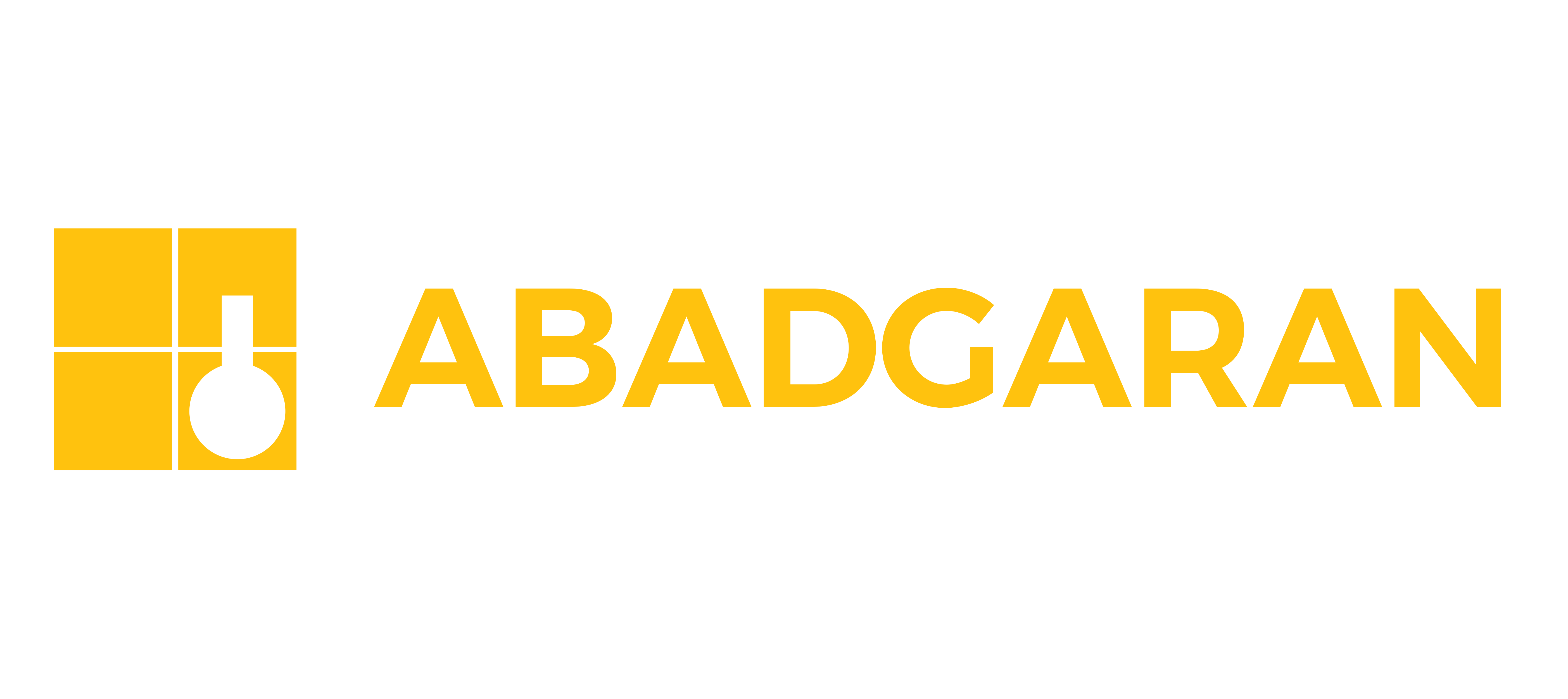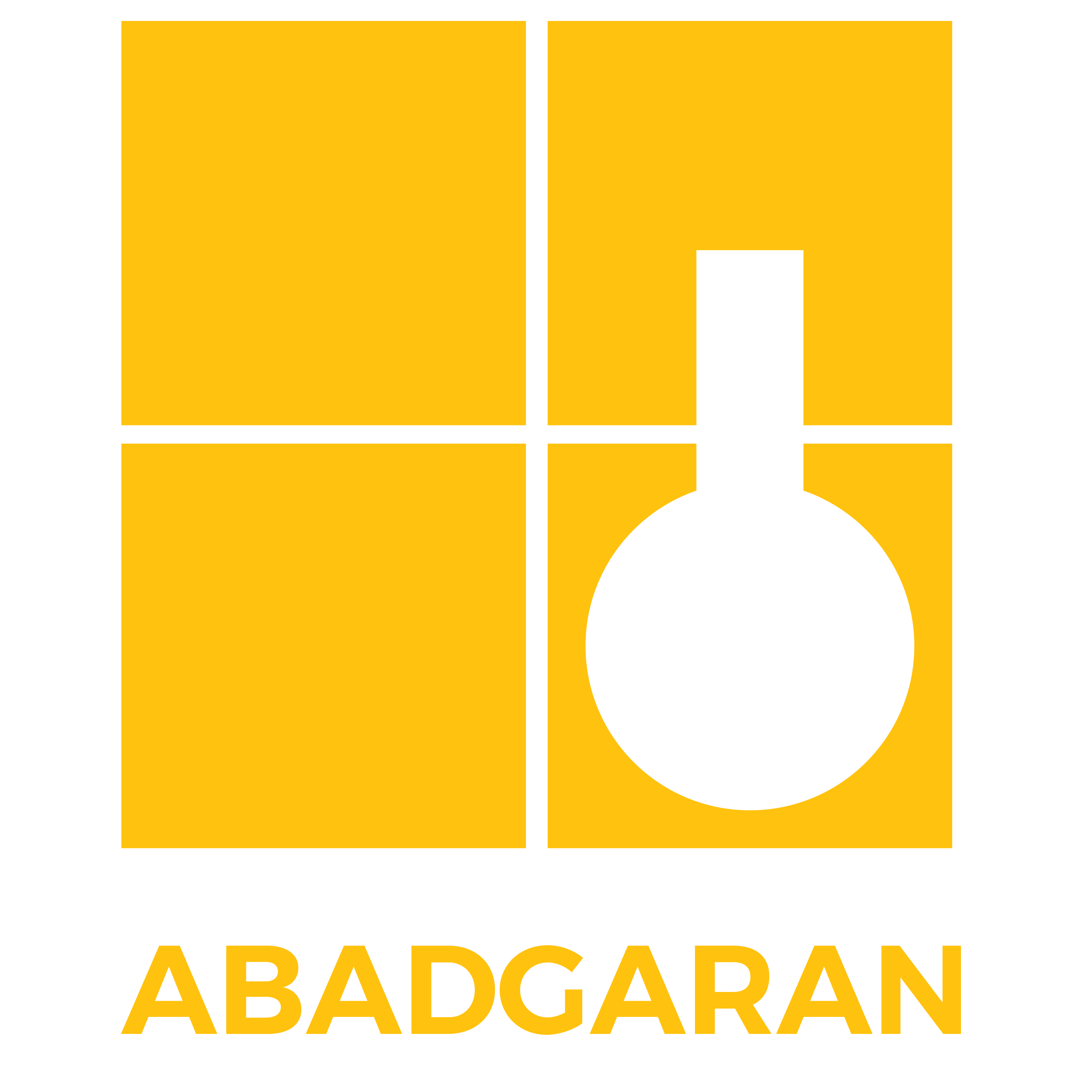
Please wait, loading...

Please wait, loading...

![]()

Introduction
Equipment and machinery that require a uniform support cannot be placed directly on finished concrete surfaces. Both the concrete surface and the machine base have irregularities that cause leveling problems and load concentration. Materials commonly used to transfer loads are cementitious and epoxy grouts. This article discusses surface preparation and formwork design for grouting the supports of machinery or equipment and reviews the requirements and considerations for grout application.
Anchor Bolt
If grouting is needed around anchor bolts, the area must be free of oil, debris, dirt, and water by using compressed air or vacuum. The concrete inside holes should be saturated with water for 24 hours, and the water must be removed with cementitious grout just before grouting. For epoxy grouts, all surfaces should be dry unless otherwise specified by the grout manufacturer. If grouting is done in one continuous pour, trapped air and (in the case of cementitious grouts) water not removed may migrate to the grout surface. This leads to slurry settlement and significantly reduces contact areas beneath the equipment baseplate. In freeze-thaw environments, cementitious grout must be protected against damage from freezing of mixing water.
Concrete Surface Texture
The concrete surface should be roughened so that sound aggregates are exposed, improving bonding with the grout. This can be achieved by mechanical methods such as abrasive blasting or scarifying.
Concrete Surface Preparation
The concrete surface receiving grout should be relatively flat and free of grooves or deep channels that would prevent the complete removal of saturation water.

The grout flow surface should be roughened by chipping or other methods to remove all laitance and provide a full profile approximately 1.4 inches (6 mm) deep. This removes impurities and poorly cured concrete. The roughened and cleaned surface must be protected from subsequent contamination.
If chipping is planned, only small hand tools or small pneumatic hammers should be used to avoid cracking the foundation. The surface must be thoroughly cleaned and protected against contamination afterward. For cementitious grout, the concrete surface should be continuously saturated with water for at least 24 hours before grouting to prevent rapid absorption of water from the grout. Rapid water loss causes shrinkage and cracking. For dry grout, water loss may cause insufficient hydration. For epoxy grouts, the surface must be dry unless other requirements are specified by the manufacturer.
Metal Surfaces
Metal surfaces in contact with cementitious grout must be cleaned of paint, oil, grease, loose rust, and other foreign materials. For epoxy grouts, the metal surface should be abrasive blasted to a bright metal finish unless the grout manufacturer states that blasting is unnecessary. If grouting is delayed, an epoxy primer containing resin and a converter may be applied to blasted surfaces to prevent corrosion. Manufacturer recommendations must be followed when bonding to baseplates.
ط
Signs Indicating Improper Foundation Surface Preparation for Grouting
Improper surface preparation can cause various problems in the final grout result. Key indicators include:
Visual Signs:
Performance Issues:

Monitoring these signs helps identify potential problems caused by poor surface preparation and allows corrective actions before more serious issues arise.

Formwork
In formwork design for grout, the type, consistency, placement method, and distance the grout must travel should be considered. Forms should be constructed so grout moves continuously and quickly. Forms must be stiff, sufficiently strong, and sealed (e.g., taped or caulked) to prevent leakage. They should extend at least 1 inch (25 mm) above the highest grout level beneath the equipment base.
Forms may also be provided to prevent grout overflow onto the top surface of the base or baseplate. Forms should be coated with polyethylene-compatible oil or wax to reduce liquid absorption and ease removal.
Chamfer strips may be attached to forms to facilitate form removal and improve the grout's finished appearance. For epoxy grout forms or other areas where bonding is not desired, a thick wax coating or polyethylene lining is recommended for waterproofing.
Where grout flows from one side of a plate to the other, forms should be designed to allow grout movement from side to side. If acceptable to the grout manufacturer, forms should also have sufficient spacing for strapping or rod placement. Forms on the placement side should extend above the bottom of the plate to form a headbox. The headbox should extend 2 to 4 inches (50 to 100 mm) from the plate and slope approximately 45 degrees away from the plate. The slope allows grout to flow under the plate with minimal turbulence and air entrapment.
The form on the opposite side should be 2 to 4 inches (50 to 100 mm) from the plate and at least 1 inch (25 mm) above the bottom of the plate. Headbox height depends on the grout travel distance. Generally, the height above the highest grout level should be about 1.5 times the grout flow distance. On the side parallel to grout flow, forms are typically within 1 inch (25 mm) of the plate.

For locations where grout is pumped under the plate through grout holes, forms should extend at least 4 inches (100 mm) beyond the plate on all sides and at least 1 inch (25 mm) above the highest grout level. Forms may also be constructed atop the plate to prevent excess grout spillage. Alternatively, the top surface may be oiled for easier cleaning.
Summary
Ultimately, specific requirements and conditions for epoxy and cementitious grouting must be considered to achieve optimal results. Actions such as surface preparation, formwork design, selection of grout type, pre- and post-grouting conditions, and adherence to manufacturer instructions must all be carefully addressed to ensure flawless grouting.
Source: ACI 351.1R